Using whatever method you’d like (understanding that we haven’t yet taught you any methods), design an artifact that addresses your gap for you personally. That is, solve your own problem. Create some kind of visual expression of the design (e.g., a sketch, drawing, illustration, diagram). Create some kind of simple prototype of the artifact.
The goal of this assignment is to get you going on doing some design. This will probably be frustrating, as you don’t yet have many tools at your disposal. Still, give this a good try, but don’t spend more than about three hours on this challenge if you are frustrated.
By “prototype” I mean any approximation of the artifact that communicates the main concept or lets you try out the concept. This could be a cardboard model, something made out of LEGO bricks, an object glued together from foam or wood. In the case of apparel, you could cut up an old article of clothing and modify it with a stapler and tape. In the case of a web site, you could create a mock-up in PowerPoint. The prototype is intended to be very rough. I’m just forcing you to try something out early in the process.
My Gap: I am working on redesigning the eating area in our kitchen to make it work better in terms of comfort and storage.
Above is a quick sketch of the L shaped bench I was thinking about to replace the table and chairs that we now have in our kitchen. I'm not quite sure yet what the table should look like so I focused on the bench part in the quick sketch above.
Below is a quick 3D mockup of my idea as it exists in my head right now. I'm sure it will change a bit as I work through the design process. It's not quite to scale so more refinement will have to happen as I create more detailed models later in the design process.
Watch the Visual Expression I video and use the techniques you learned to draw a sketch of a chair.
The goal of this assignment is to get you comfortable with the basics of sketching to ensure you create a quality output of the visual expression of your design to submit. You will be using these guidelines from now on and will get a chance to practice with your own gap in Homework Assignment 1.4 “Design for You.
Below is a quick sketch of a chair I did for the assignment above. The goal was to make sure we knew how to draw something dark enough to see and scan it at the appropriate size.
Yes, it's a stupid drawing. Mostly it looks like they want to know that you can operate a scanner and that you can make your lines dark.
1.2 - Find the Gap (P)
As you go through your day, make note of things that annoy you or cause you extra effort, time, money, or discomfort. In the language of this course, find some gaps in your user experience. Identify at least 10 of these gaps.
Select a gap that will form the basis of your class project. Your gap (course project) must meet these criteria:
- You personally experience the gap (i.e., you want to solve the design problem).
- You have access to at least five people who also experience the gap, or a closely related gap. This access is ideally face-to-face, not solely via the internet.
- You can imagine creating some kind of design and prototype of an artifact that would address this gap within the next 8 weeks. In other words, the challenge is not so complex that you cannot imagine addressing it in this course. (For instance, the gap “I really wish I could travel in outer space” would be a poor choice for a course project.)
- You can imagine the gap being addressed by an artifact in a domain that interests you personally (e.g., physical product, architecture, apparel, graphics, web design, furniture).
My Gaps
- When I get home from work there is no place to put my computer bag. I usually end up leaving it at the top of the stairs. I don't like having it there but I have no other good place to leave it.
- I don't have a central place to charge all my electronic devices. They end up plugged in different spots all over the house. I end up running around trying to find where I left them.
- Our food pantry is a mess. We tried to organize it but failed. We can never find anything. The cabinet is too deep and things get lost in the back.
- When I ride my scooter to school in the morning it isn't heavy enough to trip the stop light sensor in the roadway so I end up having to run a red light in order to get to school.
- My tool bench is a mess. I have 3 tool boxes with tools and a pegboard with some tools hanging. I never quite know where my tools are and have to look in all 4 places before I find what I need.
- I don't have an appropriate bench for using my compound mitre saw. I end up having to use a table that is too short or I simply put a piece of plywood on top of a pair of sawhorses. Neither option works well.
- Our dining table in the kitchen is the wrong size and shape. When everyone is home for dinner we don't quite fit well. This is often the only space in the house that we all occupy at the same time so having a comfortable space would be great.
- I don't have a space in my car to lock up valuables out of sight.
- My shoes sit in a big pile at the bottom of my closet. I don't have many pairs but there isn't room for them all.
- Our family room downstairs isn't being used much. We can't seem to decide what to use it for or how it should be used. We'd like to make better use of that space.
The Gap I Picked for the Project
Our dining table in the kitchen is the wrong size and shape. It's not comfortable and we don't fit around it well. The space isn't particularly welcoming or comfortable.
The gap I picked is number 7 above:
The one place in our home that we all gather on a regular basis is the dining table in our kitchen. In many ways this spot is the heart of our home. It's not a very inviting space. We've done some things to make it better like paint, new flooring, and adding artwork. I'd like to work on making the space more comfortable, usable, and appealing so that we'd spend more time together there. My hope is that a better designed space will lead to more and better family time.
Consider the artifacts you use regularly. (Make sure you view the introductory video and/or read Chapter 1 of the text for what I mean by “artifact” in the context of this course.) Do any of these artifacts evoke a reaction of "I love this" every time you use it? Think about this question during the coming week.
Create a website for your project (1 point). Post a photograph of the artifact you love (you can take the photo or you can use one from the web or elsewhere) and write a short (fewer than 100 words) explanation of why you love it (1 point). If you have not already, please see the notes on student photography (1 point) Post the address of your website below.
My Object- Olympus VF2 Viewfinder

You can see the VF2 viewfinder here on top of the camera. I started photography back in the film days and learned to compose pictures using a viewfinder. The LCD screen of modern cameras is great but the way the viewfinder blocks out everything from view but the subject you are focusing on is great. I love the way this one tilts upward allowing different camera angles.
Because it's removable I can easily take it off the camera when I don't need it and want a more compact camera kit. It's small and lightweight and easily fits in my pocket when I'm out taking pictures.
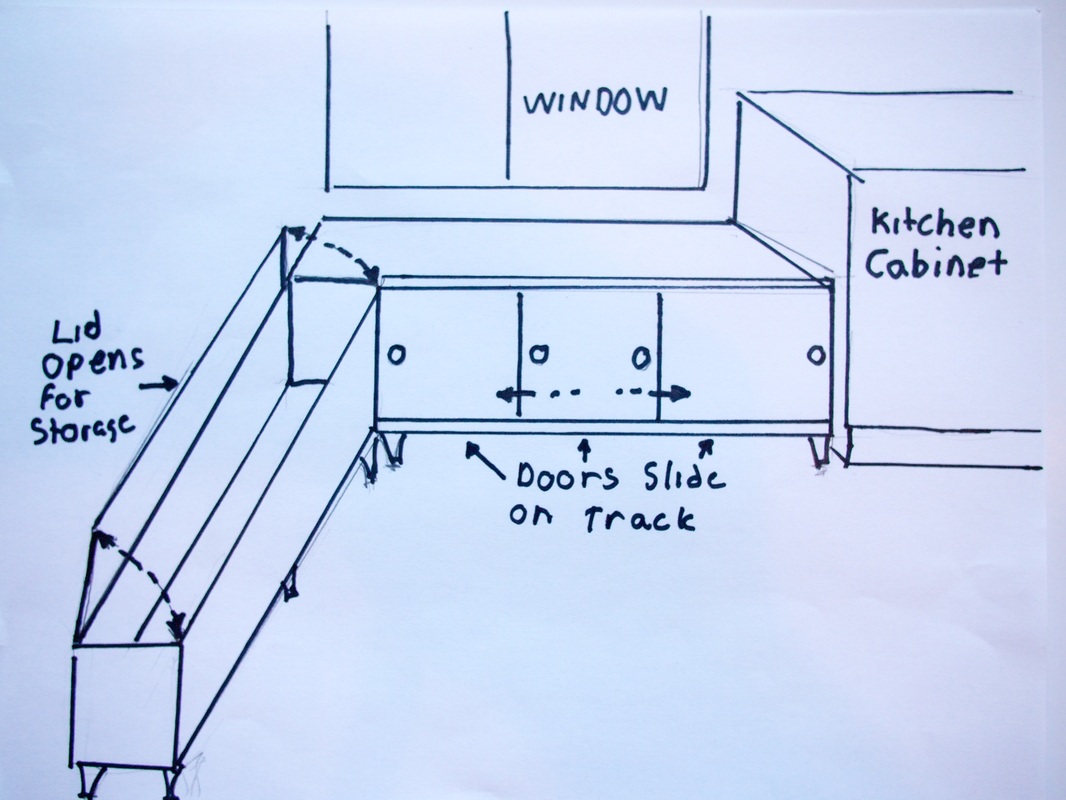
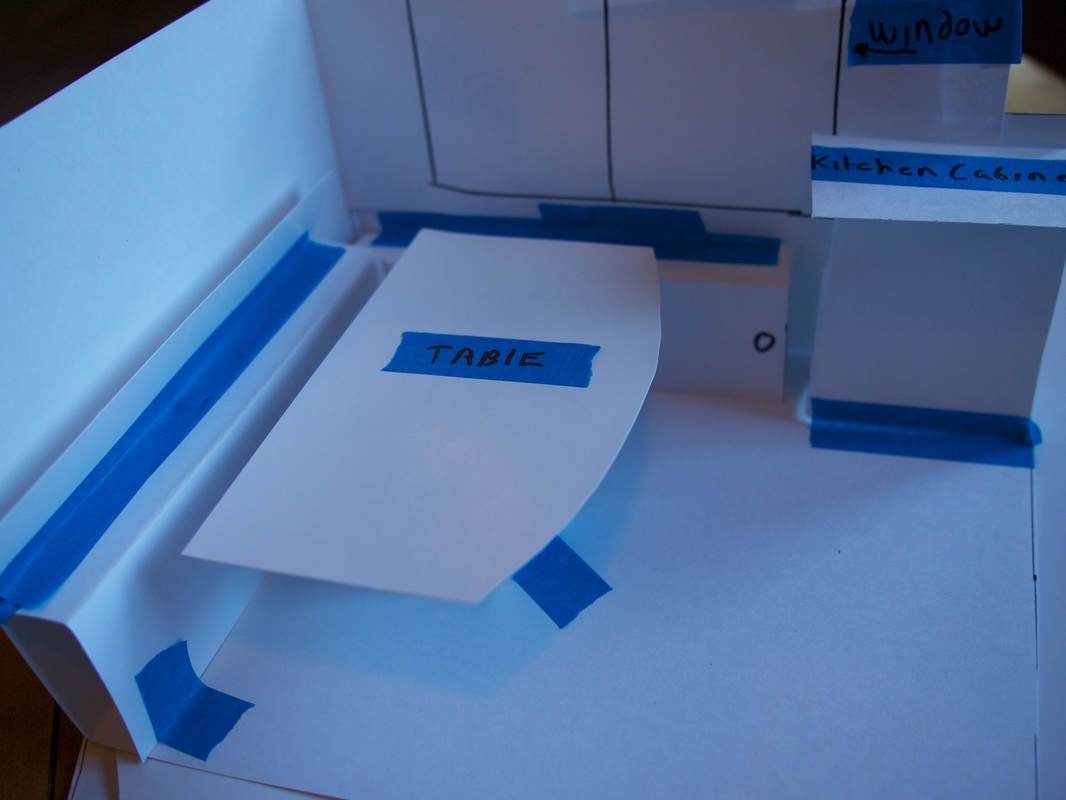



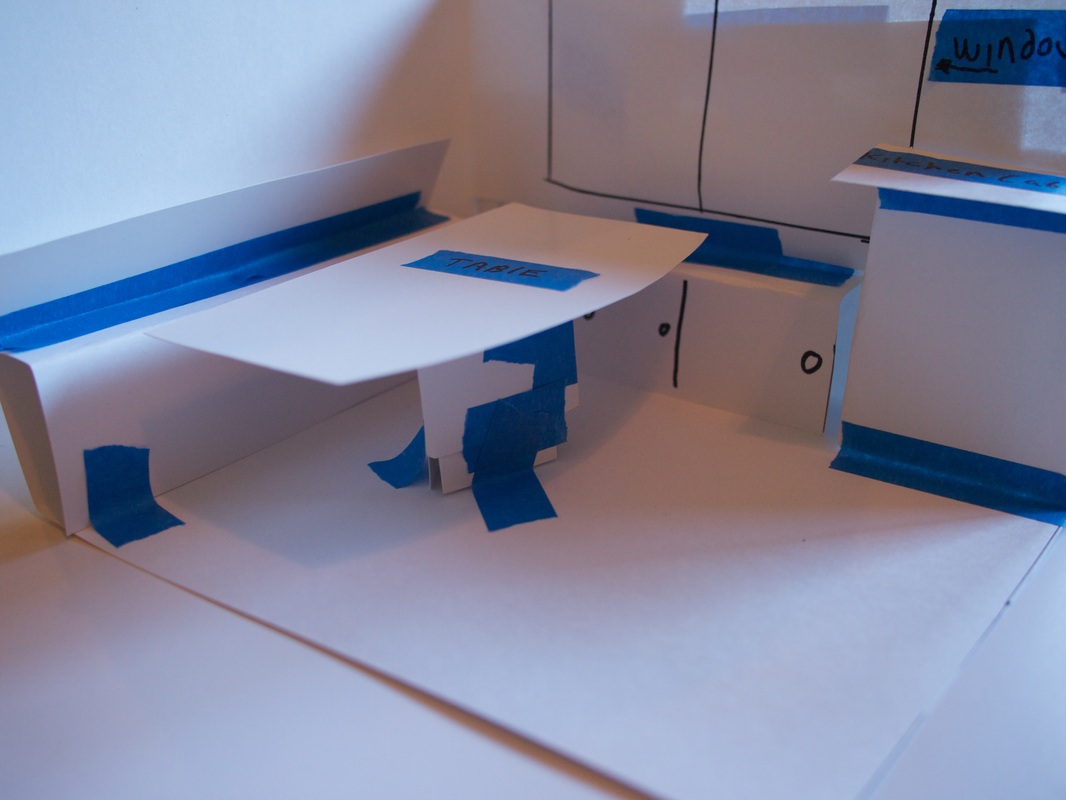
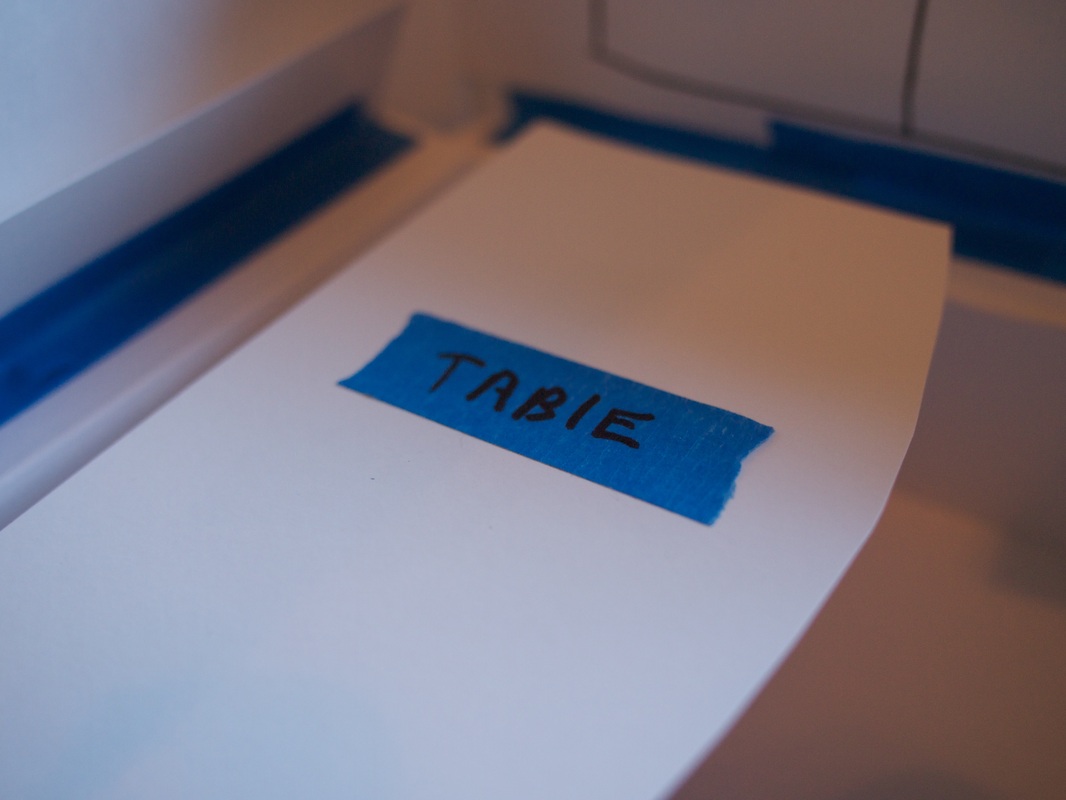
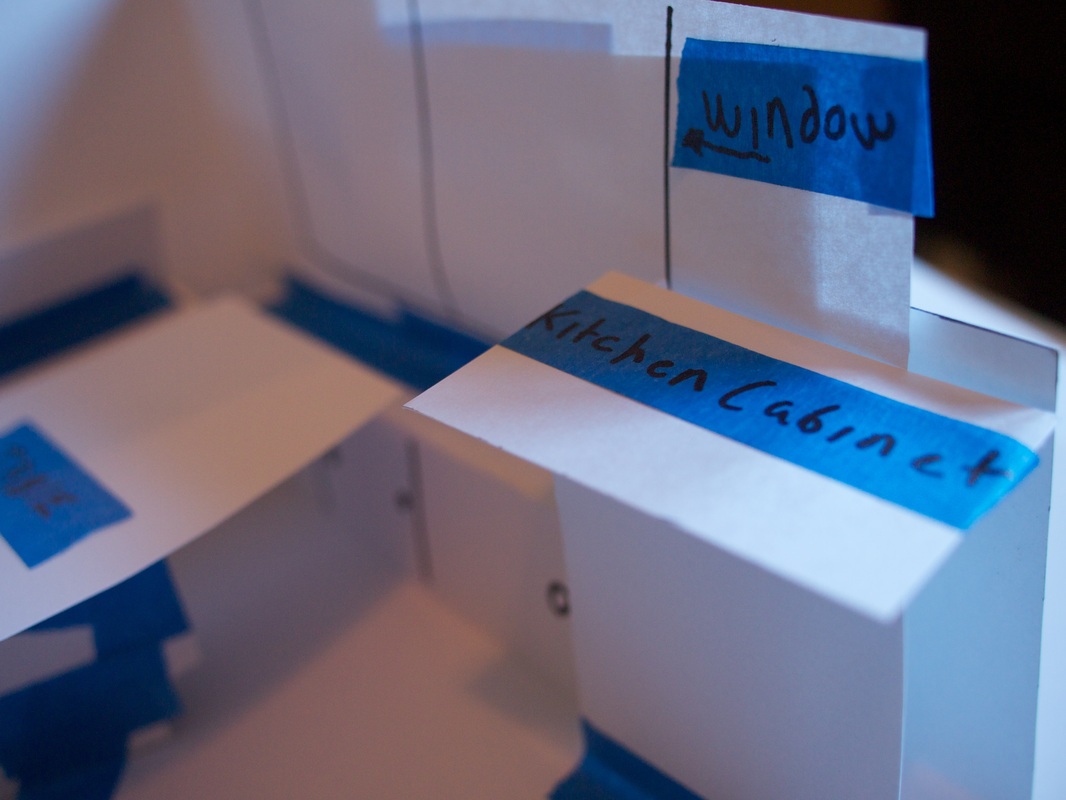
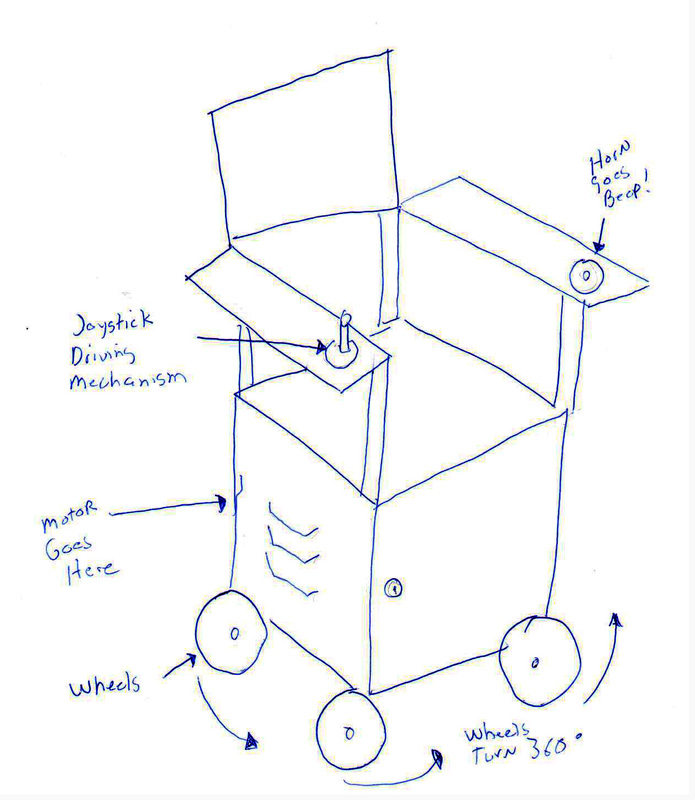

 RSS Feed
RSS Feed